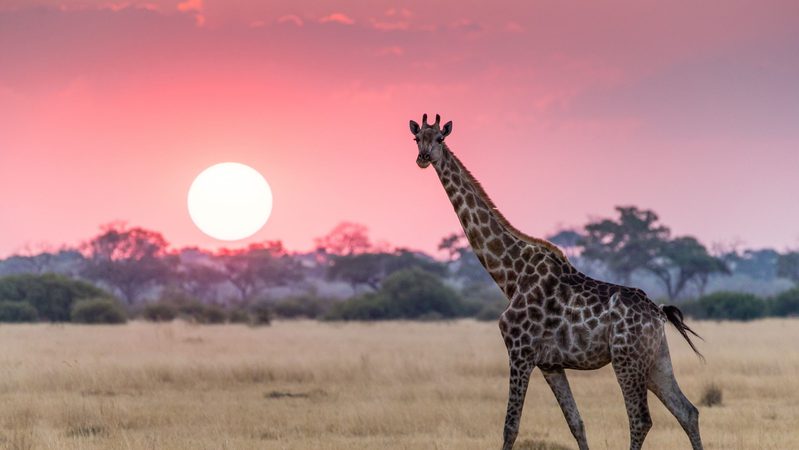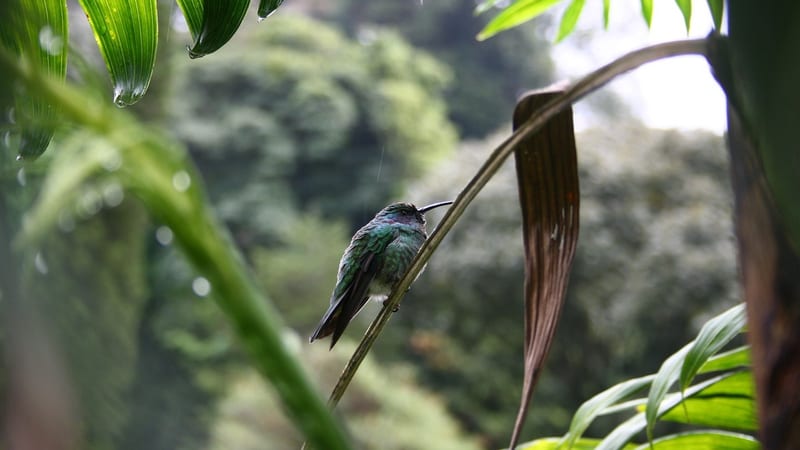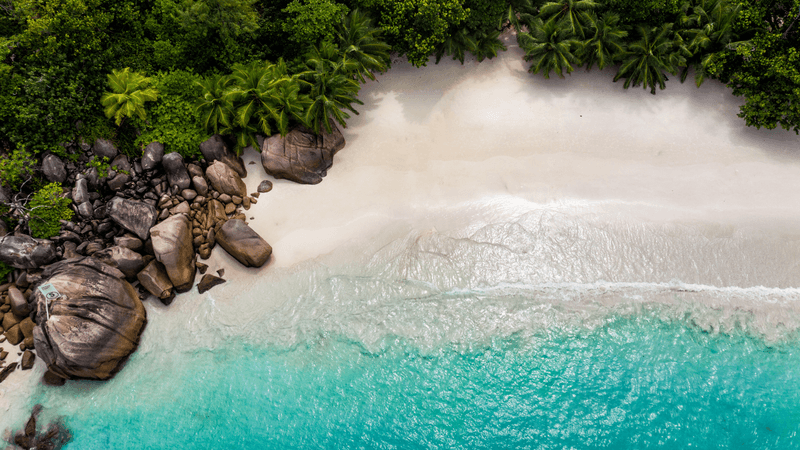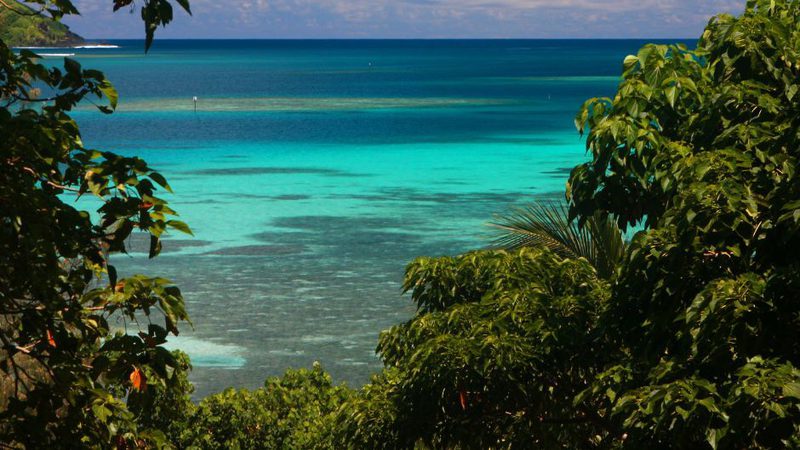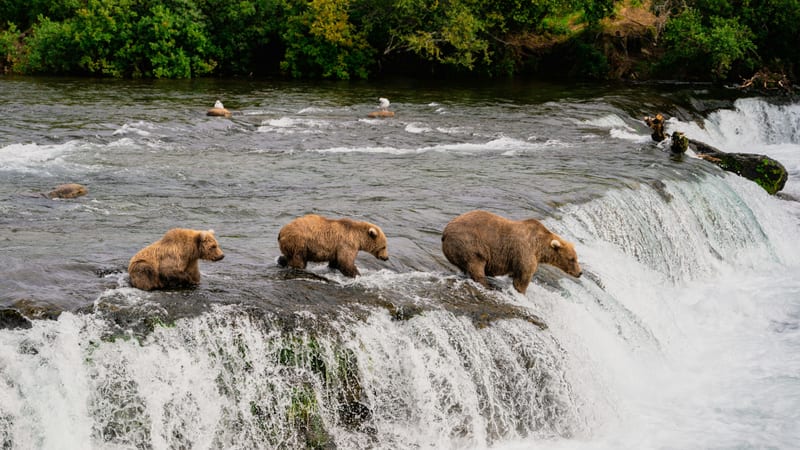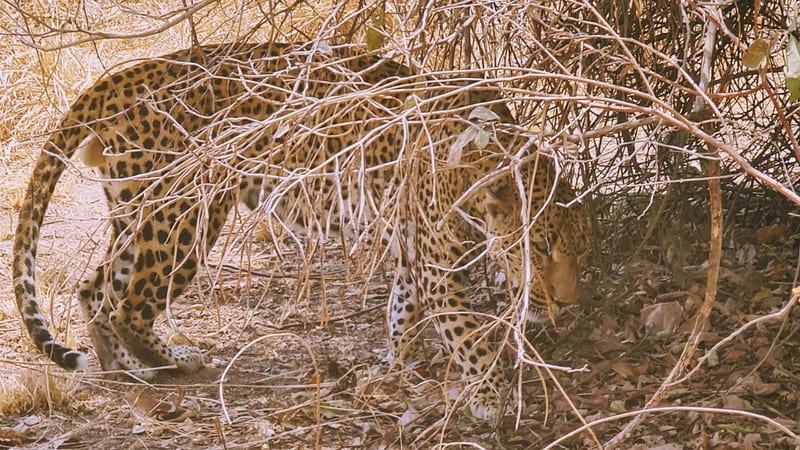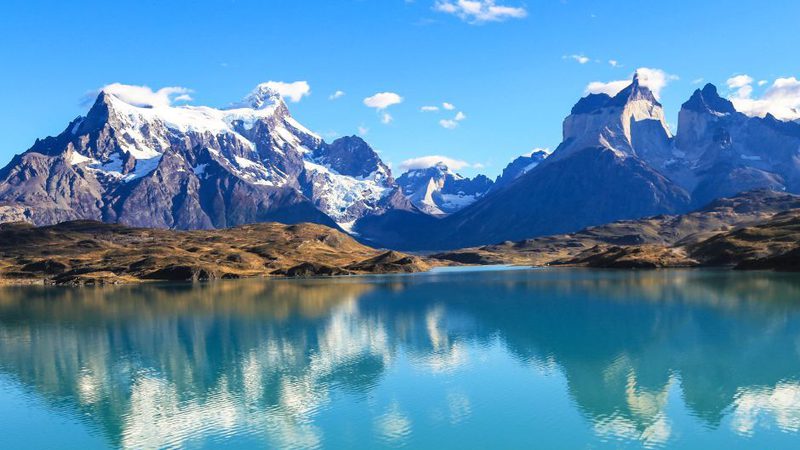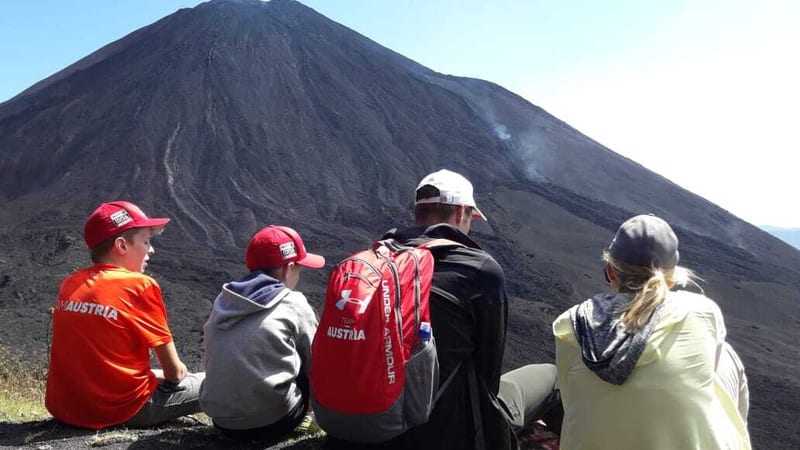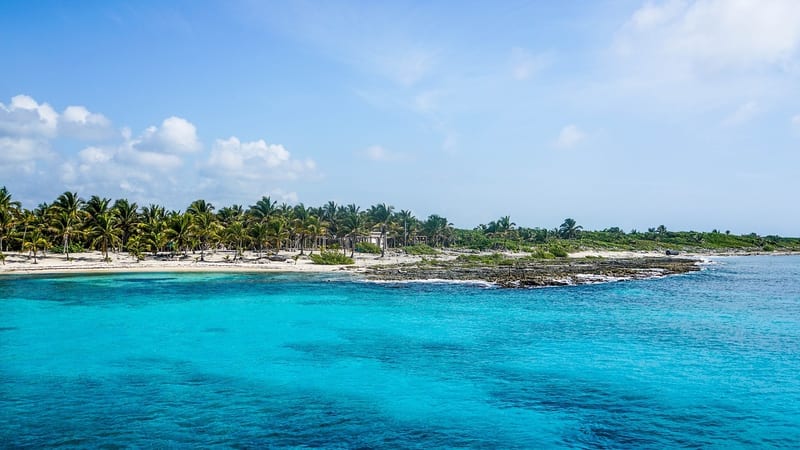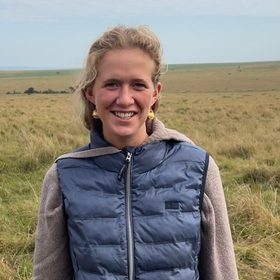Nestled deep in Tanzania’s largest national park, this family-owned lodge combines natural beauty, simple luxury, and a strong conservation spirit.
Location: Set on a bend of the Great Ruaha River within Tanzania's vast and little-visited Ruaha National Park, the lodge enjoys an unrivalled riverside position. Surrounded by baobab trees, acacia woodland, and ancient rocky outcrops, the setting delivers not just beauty but prime wildlife viewing - from hippos wallowing below to lions calling in the distance.
Rooms: Crafted from local stone and thatch, the lodge’s spacious chalets (bandas) blend effortlessly into their natural surroundings. Each is positioned for privacy and a front-row seat to the river’s rhythms. Inside, simple yet comfortable interiors offer solar-powered hot showers, mosquito-netted beds, and shaded verandas perfect for an afternoon wildlife watch.
Amenities: Two open-sided dining and lounge bandas provide a relaxed, scenic space to unwind after a day on safari. Guests enjoy hearty, home-cooked meals prepared with fresh ingredients, served with views of the river or under starlit skies. With solar power, laundry service, and attentive local staff, comfort is always on hand - without intruding on the wild.
Activities: Ruaha is a predator-rich, bird-lover’s paradise, and the lodge offers expertly guided game drives through varied landscapes - from sand rivers and grasslands to miombo forests. Bush breakfasts, sundowners, and walking safaris round out the experience, allowing guests to connect deeply with this rugged and remote corner of Tanzania.
Sustainability: Ruaha River Lodge operates with a light footprint and deep respect for its surroundings. Solar energy powers key amenities, water is sourced sustainably, and staff are drawn from nearby communities. The lodge’s commitment to conservation includes support for park initiatives and ongoing efforts to promote local livelihoods through responsible tourism.
Best places to stay in Ruaha Safaris
Ruaha Safaris Trip Inspiration
When to visit Tanzania
Find out the best time to visit Tanzania with our month by month guide.
- Best
- Good
- Mixed
- Jan
- Feb
- Mar
- Apr
- May
- Jun
- Jul
- Aug
- Sep
- Oct
- Nov
- Dec
January
January is mixed when it comes to weather, temperatures rise whilst the chance of rain and humidity increases. It is still a good time to go, as the rates are lower yet the game viewing is still excellent.
- During this time migratory herds are in the Serengeti for calving season, meaning the Ndutu plains are busy.
February
The weather remains hot with a chance of rain in February.
- Meanwhile in the Ndutu Plains the migration is still occurring.
March
March is the calm before the storm, before heavy rains and humidity builds. Visitors can take great advantage of lower rates during the low season.
- Migrating herds start to leave Ndutu, heading West towards Grumeti.
April
April experiences continued periods of heavy rain, we would advise against travel due to the conditions.
May
During may there is periods of heavy rain, we would advise against travel due to the conditions.
June
June heralds the wet season, bringing lush green vegetation which can make spotting game more difficult. It is a particularly great time for birders as parks become populated by migratory birds especially in the South.
- Migration is still in the Grumeti area, heading north.
July
July is the start of peak season, temperatures reach up to 30 degrees and the surrounding land becomes drier and spotting game is becoming easier.
- The migration is in the Northern Serengeti moving towards Kenya.
August
August is peak season, with bush land drying out game spotting becomes much easier. If you want to experience Tanzania game at its best, August is the time to travel.
- The migration still remains in the north.
September
Peak season continues in September, the Northern circuit can be very busy, if you want to avoid crowds it's best to visit the southern parks.
- The end of the migration is still in the north with herds on both side of the Kenyan and Tanzanian borders.
October
Peak season continues into October with good game viewing in the Serengeti and southern parks.
- The migration has now crossed over into Kenya.
November
November is the start of the rainy season, the rains tend to be overnight so it is still a popular time to travel. During this month you can take advantage of low season rates.
- Migration crossing over into the Serengeti can be seen a the Tanzania and Kenya border.
December
Rains continue in December, whilst the temperature and humidity start to build. Venturing out on safari is generally good, with large game still easily spotted.
- Migrating herds in the north travel south back to Ndutu.
Speak to a Tanzania expert today
and start planning your tailor-made holiday

Alistair


